Anime girls get sharp criticism for being unrealistic. Few women can naturally achieve the enormous breasts and narrow waists many anime girls sport. Breasts are fat deposits (sexy thought eh?) so big boobs naturally come with bigger ladies. Silicon and flukes of nature (blessed or cursed depends on perspective) make for exceptions to this rule. But anime isn’t the only medium that has unrealistic and damaging portrayals of how girls should look. Ever check out the bust, waist, and hip measures of a Disney Princess?
Let’s look at Jasmine from Aladdin and Morgiana from Magi: The Labyrinth of Magic. Notice the tiny feet and ankles of Jasmine compared to Morgiana’s. I didn’t know Arab culture practiced foot binding, did you? Her legs have to be tiny under those billowing pants. Jasmine also lacks a waist compared to Morgiana. Disney princesses are infamous for their Barbie proportions. Morgiana, on the other hand, has a more natural waist size. Although, it is not completely natural. Jasmine’s bust size doesn’t match her waist. Someone that thin wouldn’t have much in the way of breasts. Morgiana’s bust better matches her waist size. The exaggerated hour glass is common in anime girl design, but it isn’t as extreme as Disney.
Let’s look at a more extreme pair.
Okay, Leafa from Sword Art Online isn’t that extreme as anime goes. She is busty, but she doesn’t go into the upper limits. I am trying to keep the design comparisons limited to main-stream characters. Jessica Rabbit from Who Framed Roger Rabbit is an unusual design for Disney. Disney released the movie through a division to distance itself from the film because of the extreme content of the film. Jessica Rabbit has the same proportions as Jasmine. Again, Disney studios must have a foot binding fetish. Jessica’s feet are tiny. Disney also must have something against women having rib cages. Leafa has probably a larger cup size (or two) compared to Jessica, but Jessica’s bust looks larger against her stick waist. I would guess Jessica’s cup size is around a C in American measurements. Her lack of a rib cage makes this a tough call. Leafa’s is a D-cup at least. Jessica’s legs are twice as long as her upper torso. Leafa has more natural leg proportions. The two character’s sex appeal aim at different audiences. Jessica has something of a prostitute’s glamour to her. Leafa has the whole girl-next-door vibe. The design fits well with what each character does in their respective stories.
I can continue with some other comparisons, but I think you get the idea. Disney females share the same body design: one similar to Barbie: unnaturally thin waist, tiny feet, abnormally long legs, large breasts. Anime girls tend to have more naturalistic proportions. This isn’t to say that their waists, busts, and other measurements are realistic. They are not. Anime is notorious for an obsession with large breasts, after all. But they are closer to reality than Disney’s designs.
So Why Does Body Type Matter?
We know this is fantasy so why does body proportion matter? Well, first it is interesting to see how anime and Disney design has parted. Anime was inspired so heavily by early Disney animation that it could be considered a branch of the Disney style. In the early days of Disney, female characters looked more natural. Snow White has realistic proportions. However, in the early-1990s Disney’s style turn a turn with Jasmine becoming a template for non-white girls. Over time, Disney picked up many of its designs from anime even as anime moved toward a more natural female body type.
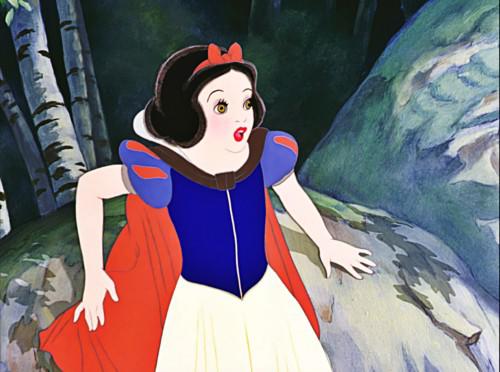
I am by no means blaming women with the next statement: if women ostracized men with big breast attraction, the emphasis will decrease. Likewise, if men who favor small-busted women (or women with smaller hips) would speak out, the ideals would change. I am merely stating that both genders have influence over the way we see the body. Yes, it is wrong to view men and women by body parts alone (and ignoring who they are), but it is a part of being human. Railing against this hard-wired tendency does little good. Instead we should focus on making this mechanism healthier. Ideals are formed by consensus. Luckily, the current consensus is changing. There are movements in advertising and media toward more natural female body types. However, there is a backlash against women who are naturally thin and match the current ideals. This backlash, though expected, doesn’t help the situation. It perpetuates continued body-image problems, just in the opposite direction.
The point is, popular culture has some roots in biology and in expectations placed on people by society. Anime girl design and Disney princess design are a result of this and reinforces these ideals.
Male body-image feels similar pressures. I decided to focus on women because it is the largest source of controversy. Men are not as objectified as women in American and Japanese society. Although, this is changing.
Now I have to ask, what would you like your children to watch? What ideals do you want them to have? Disney princesses play passive roles. They mostly wait for the man to save the day. Even the more active ones like Jasmine end up relying in the guy. Granted, anime has the same problem, but at least anime has many stories like Moribito where the female lead characters do not need to rely on men. Despite needing rescued, Rukia from Bleach is also a capable fighter in her own right.
Anime’s designs are better than Disney’s when it comes to body image. Outside of the ridiculous cup sizes (which do have symbolism associated with them), anime has body types that are closer to reality. This alone is important to consider.
Don’t get me wrong. I enjoy Disney’s animation. Their character designs need work, particularly their female designs. Disney has good moral messages in its movies. However, anime has surpassed Disney in design, characterization, and other areas. Anime character design more appealing than Disney. Disney characters often look like aliens.
The tragedy of Disney female design is the waist. Simply making the waist larger would do much to improve the naturalism. Oh, and don’t forget the foot binding. The feet are too tiny!
The success of movies like Frozen is helping American studios move closer to naturalism. We will never see completely naturalist bodies in either American or Japanese animation. Animation is, after all, about fantasy. But designs with natural proportions will go a long way toward improving female body images and shifting male ideas of female beauty.
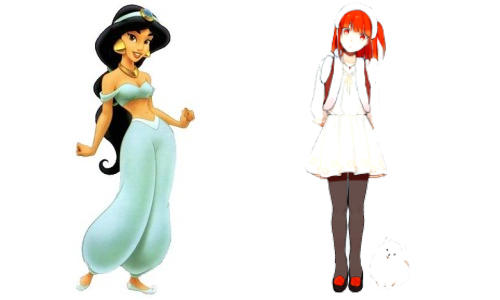

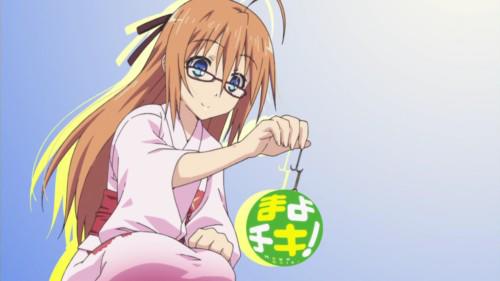
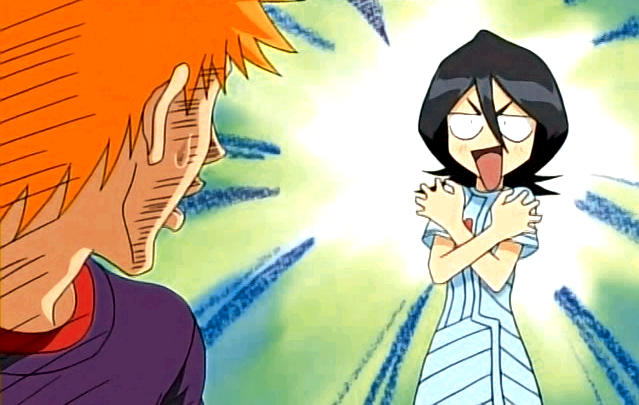
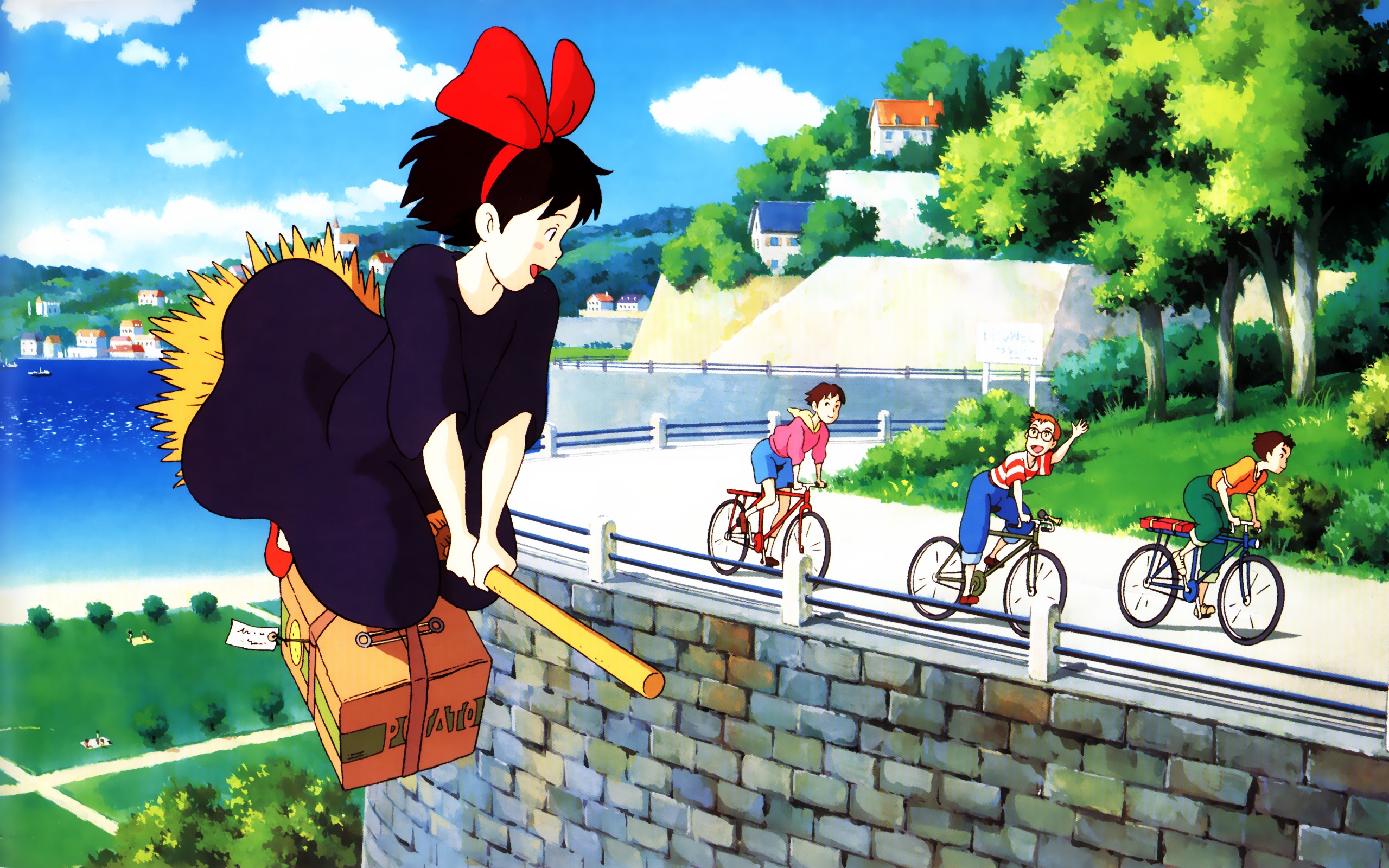
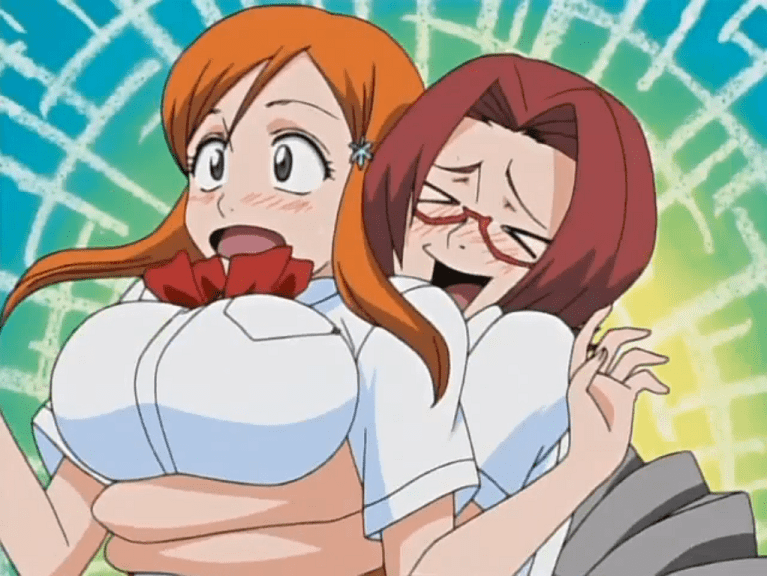
Yea I agree that most cartoon characters are not designed realistically and often product of ideals, author’s self insertion, expectations and even (sorry to put it like this, but adults create these characters) desire, in some way.
I also really like that you’ve mentioned the impacts of male beauty standards on boys as it is very much less talked about. It affects masculinity, etc. I never thought about it until this point as a woman who doesn’t have the experiences of growing up as a male. Thank you.
But one thing I want to mention – whilst yes, breasts CONTAIN fat deposits, are not JUST fat deposits. “A woman’s breast has three kinds of tissue—
– Fibrous tissue holds the breast tissue in place. (Tendons or ligaments or whatnot.)
– Glandular tissue that makes milk-comprised of lobes and ducts (which carry the milk to the nipple).
– Fat tissue fills the space between the fibrous tissue, lobes, and ducts. It gives the breasts their size and shape.”
And i think reason for why breasts look attractive is based on instinct, as bigger breasts are linked to pregnancy and fertility. Also society’s standards of beauty and media has played a role of course.
Moreover, there are people who are slim and naturally have big breasts. There are people who have small breasts and gain weight, but that does not increase their breast size, instead, the fat is carried in their arms, hips or stomach area, etc. Breast size may increase with weight gain, but it definitely is not only reason why some bigger people have bigger breasts. Some people with a lot of fat have small or average sized breasts.
Sorry for this rant, I just want people to know that breasts aren’t simply fat deposits. Just like how your bum isn’t JUST fat, there’s your glute muscles that are key to walking, etc too.
Thank you for fixing my over-simplification. Your description takes me back to my anatomy classes.
I’m glad you touched on the role genetics play in where the body stores fat.
Men have just as many body issues as women do, just in different ways. Some of the pressure is caused by men’s beliefs about what women want.
First off, thanks and ‘good work’ to the author here; you provided a fairly nuanced perspective – a lot more than I expected given the subject matter and how… let’s just say polarizing(?) such topics can be.
The only thing I feel wasn’t really touched on was a proper solution. It’s easy to see how young children growing up idolizing Disney princess could, maybe not defining those exact proportions as normal or ideal, but at least having their ideas of what is normal or ideal pushed in that, more unrealistic, direction. With that said, I obviously view that as something of a problem, but I’m also not sure pressuring them into creating ‘realistic body types’ is a good solution. In short, it’s a matter of artistic expression. The original Disney princess stories were, after all, cartoons – which implies a certain style; one of exaggerated proportions and somewhat whimsical designs all around. Their proportions might not have been chosen to be sexualized or idealized, but to fit stylistically within the worlds they wish to create with these stories.
Regardless, I just can’t get behind the idea of deliberately limiting character designs to only realistic healthy body types. One of most amazing things about working with animation (or comics/manga/etc) is that we’re not constrained by what is realistic or even physically possible. In the same vein that artists can draw fantastical buildings, without worrying about support structures or material strengths, to focus on creating thematic emotionally moving environments for out stories to take place in, they should be able to create characters, unrestrained from realistic proportions or other real life considerations (ideally without the endless shrieking of the “where are her organs!” crowd of ‘art fixers’ on twitter), to better accomplish whatever goal or artistic vision they might set out to. If that vision happens to be ‘idealized beauty’ beyond what is naturally possible here in reality, they should be free to do just that. If you need a reason why they should be allowed, well, because we as an audience miss out if they’re not given such freedom. While I might not ever meet a women in real life with proportions like ‘Jasmine’, that doesn’t mean it can’t be considered as ‘beautiful’ from an aesthetic sense, nor does it mean there is no value in such imagery just because it can’t be realized outside of fiction.
As for a solution that doesn’t limit artistic freedom, well I don’t really have one. I guess just good parenting: don’t let your impressionable young daughters view highly idealized (or sexualized, obviously) imagery of women before you’ve explained (and they’ve understood!) that these aren’t -real- human body types, but stylized exaggerations of them, and that they shouldn’t try to compare their selves or other real women to them.
Sorry for the wall of text here, but as an aspiring illustrator the idea of pushing to limit creative freedom in any way always worries me a bit. Also a minor note, specifically to the “where are her organs” and “art fixing” crowd, if any of them happen to read this : If you think you’re being clever with that line, you’re not. Professional illustrators, and even most amateurs for that matter, have spent more hours than you can imagine studying human anatomy, practicing figure drawing from life, and assorted other things to ultimately memorize the natural human form and all it’s associated volumes. They almost certainly know far better what a realistic body type looks like than you do, and when you see something that isn’t that, it’s because they deliberately chose to make it that way to accomplish whatever it might be they wanted to accomplish with that particular piece.
I agree with you: creativity shouldn’t be limited to purely natural body styles. I didn’t have any solutions when I wrote the article. Since then, I’ve read many accounts and studies that the best solution to help with body shame is to expose children to a wide range of healthy body types. Some areas of Japan handle this through public bathhouses, for example. Advertising can also play a role. Of course, the Internet’s “big and beautiful” pushes encourages obesity. Fat shaming isn’t helpful, but neither is portraying obesity as positive useful either. Obesity (as opposed to being a little overweight) links to too many health problems and shouldn’t be encouraged.
I enjoyed this article. Just because it’s Disney doesn’t mean it’s good for preschoolers. I’ve seen studies that show that girls with body esteem issues actually play with Disney Princess character toys more often, thinking that these role models are what is considered beautiful in our society. Parents need to talk to their children about how media can influence peoples minds in all kinds of ways if they don’t stay aware of it’s effects.
It makes me wonder how playing with soldiers and muscular action figures influences boys.
“Yes, it is wrong to view men and women in this way…”
What exactly are you talking about here? What is “wrong”? That’s not at all clear from the context. Judging from the surrounding paragraphs, it sounds as though you are saying that it is wrong to like large breasts.
I fixed the statement to clarify. It’s wrong to reduce people to just their body parts, hips, shoulders, breasts, and the like. And this has become the norm in American society. We see it in advertising and, of course, in the proliferation of online porn culture. It’s not wrong the like large breasts, but it is wrong to like large breasts (or insert body part of your choice) when it dehumanizes.
Thats the understatement of the year and I sometimes get it as the Biology teacher
I have naturally extremly small feet for adult – only 20cm. Where are my adorers? 😄
You make some very interesting points, that made for an interesting read. While I didn’t look at Disney, I did write a post looking at the unrealistic nature of anime proportions and the health effects that would be associated with them.
I find many of the kids coming into the library lack a sense of reality sometimes when it comes to their waifus and proportions.